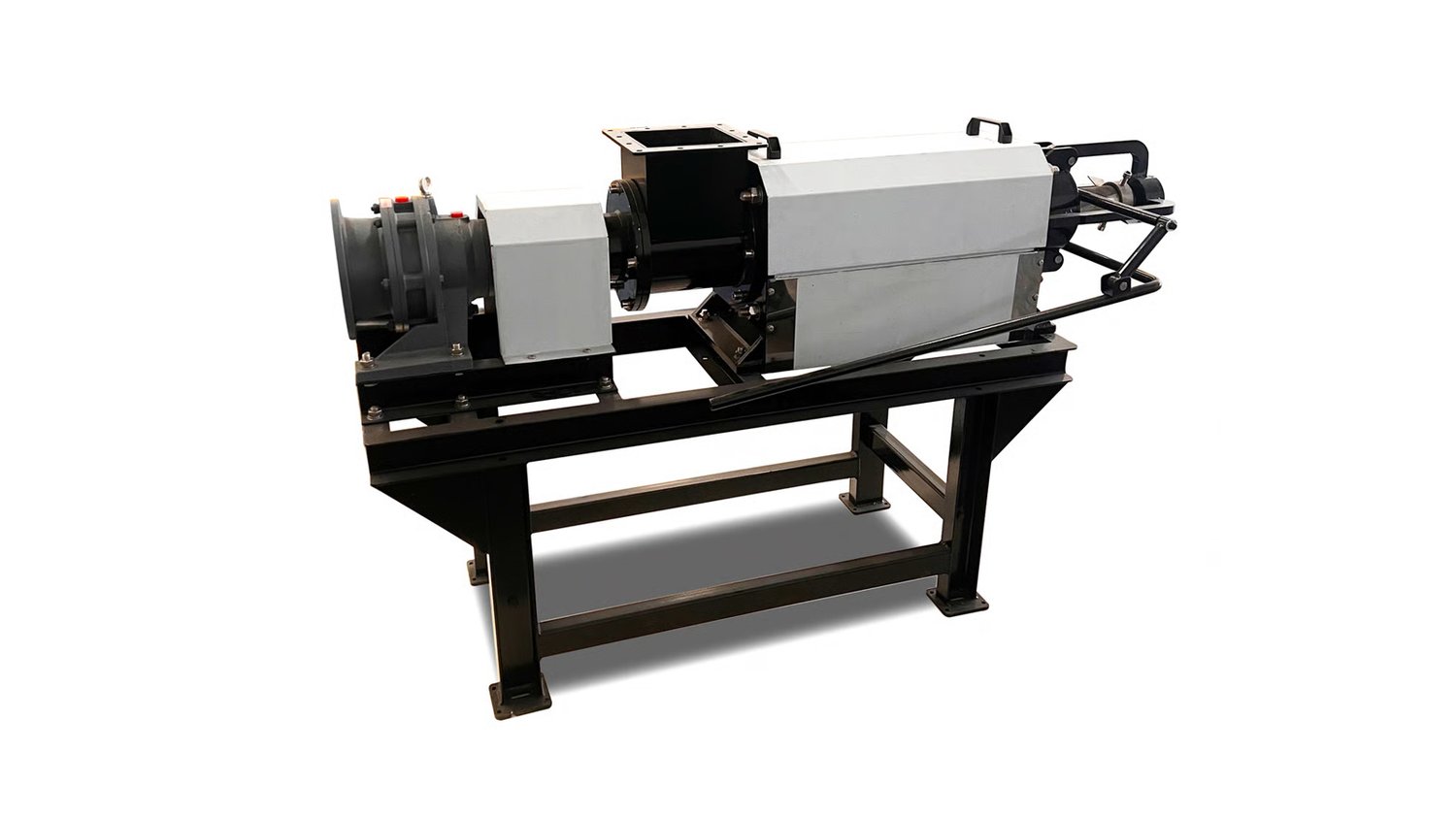Table of Contents

Understanding separator motor power requirements
When it comes to industrial separators, one key aspect that often gets overlooked is the motor power requirements. The motor plays a crucial role in the efficiency and performance of the separator, making it essential to understand the power requirements for optimal operation.
Factors Influencing Motor Power Requirements
Several factors influence the motor power requirements of a separator. The size and capacity of the separator, the type of material being processed, and the speed at which the separator operates all play a role in determining the necessary motor power.
Calculating Motor Power Requirements
Calculating the motor power requirements for a separator involves a series of complex calculations based on the specific parameters of the separator. Factors such as the rotational speed, torque, and efficiency of the motor must be taken into account to ensure optimal performance.
Importance of Choosing the Right Motor Power
Selecting the right motor power for a separator is crucial for maintaining efficiency and minimizing energy consumption. A motor that is too small may struggle to effectively separate materials, while a motor that is too powerful can lead to unnecessary energy waste.
Efficiency and Performance Implications
The motor power requirements of a separator directly impact its efficiency and performance. A well-matched motor ensures smooth operation, minimal downtime, and consistent output quality, while an improperly sized motor can lead to inefficiencies and operational issues.
Benefits of Optimizing Motor Power Requirements
Optimizing the motor power requirements of a separator offers numerous benefits, including improved efficiency, reduced energy costs, and prolonged equipment lifespan. By ensuring the motor is properly sized, operators can maximize the performance of their separator.
Common Mistakes in Determining Motor Power Requirements
One common mistake when determining motor power requirements is underestimating the impact of variable operating conditions. It is essential to consider factors such as material density, particle size, and flow rate to accurately assess the motor power needed for optimal performance.
Best Practices for Selecting Motor Power
When selecting a motor for a separator, it is essential to consult with industry experts to determine the most appropriate power requirements. Consideration should be given to the specific operating conditions and material characteristics to ensure the motor is well-suited for the application.
Future Trends in Separator Motor Power Requirements
As technology continues to advance, we can expect to see improvements in motor efficiency and performance, leading to more tailored solutions for separator motor power requirements. Innovations in motor design and control systems will likely play a significant role in optimizing separator operations.
Conclusion
In conclusion, understanding and optimizing the motor power requirements of a separator is essential for achieving optimal efficiency, performance, and longevity. By carefully considering the various factors that influence motor power, operators can ensure their separator operates at peak performance levels.
